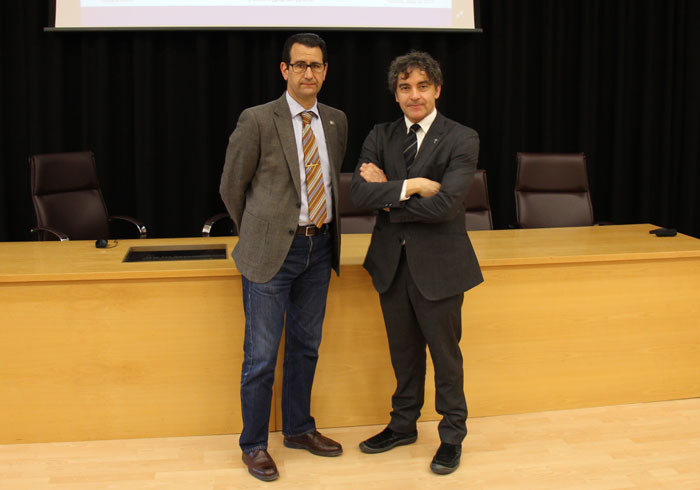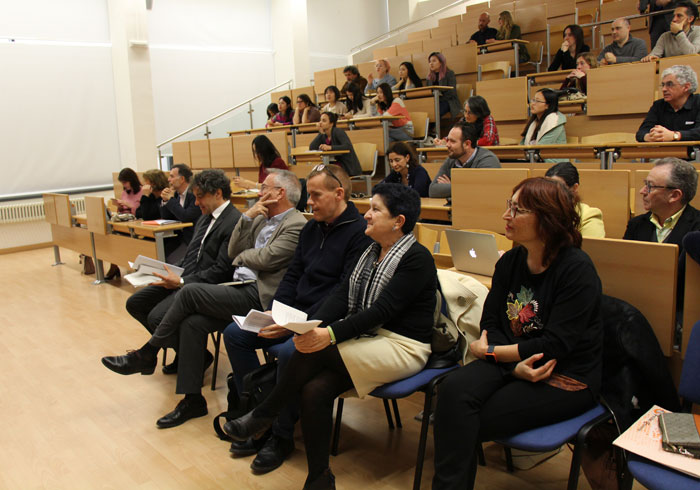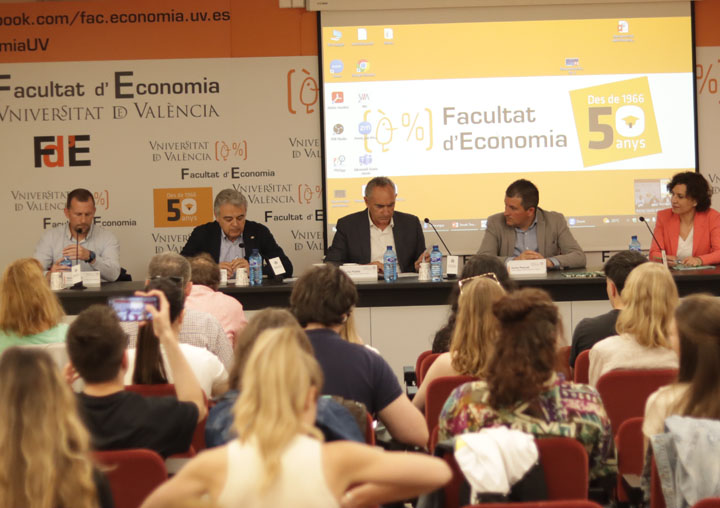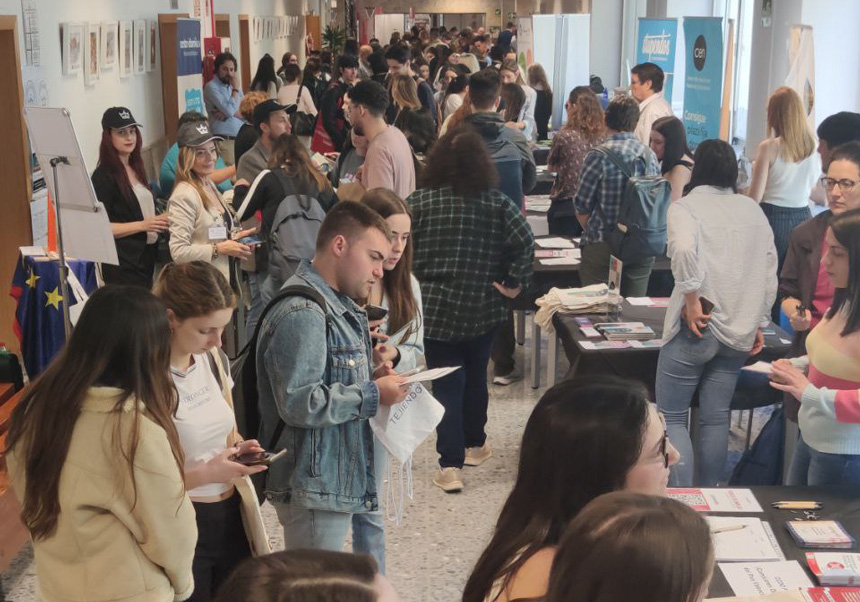The Universitat de València presents the programme ‘Patrimoni cultural i planificació turística’

On the 28th of March, the Faculty of Geography and History hosts the presentation of this macro-project integrated by 9 tourism plans led by researchers of the Universitat de València. From the medieval fortresses of the inland to the ‘Museum Tèxtil d’Ontinyent’ or the ‘Parc Natural del Túria’, these plans are focused on the development of the touristic potential which some spaces, elements and heritage symbols have in the Valencian territory.
The presentation ceremony will take place on Thursday 28th of March at 5.00 p.m. at the ‘Sala Palminero’ of the Faculty of Geography and History’. During the ceremony, the vice principal for Territorial Projection and Society, Jorge Hermosilla, and the dean of this faculty, Josep Montesinos, will give their speeches. The plans’ programme has been developed on the occasion of the agreement that ‘Turisme Comunitat Valenciana’ and the office of vice principal for Territorial Projection and Society of the Universitat de València have.
Currently, the programme Patrimoni cultural i planificació turística is integrated by nine plans led by experts of the Universitat de València. The lecturer in Economic Analysis Gregorio García has been the coordinator of the ‘Pla de Turisme sobre fortaleses Medievals’ regarding Medieval fortresses; the lecturers José María Nácher (Applied Economics) and Clara Martínez (Business Management) have coordinated the plan of the ‘Parc Natural del Túria’; Oreto García (Prehistory, Archaeology and Ancient History) has coordinated the one on cave paintings; Joan Carles Membrado (Geography) has been the leader of the Valencian pottery plan; Consuelo Mata (Prehistory, Archaeology and Ancient History), has focused on the Iberian archaeological sites; Ferran Arrasa (Prehistory, Archaeology and Ancient History) has dealt with the ‘Via Augusta’; the professors Amparo Cervera (Marketing and Market Research) and Emili Aura (Prehistory, Archaeology and Ancient History have coordinated the plan of the ‘Palau Ducal dels Borja’ de Gandia; Pilar Peñarrubia (Geography), has dealt with the ‘Museu Tèxtil d’Ontinyent’; and Rosa Yagüe (Applied Economics) has coordinated the plan on Valencian industrial heritage.
The vice principal for Territorial Projection and Society, Jorge Hermosilla, highlighted the agreement between ‘Turisme Comunitat Valenciana’ and the Universitat de València which allowed the start of this macro-project which ‘is testimony of the strong cultural heritage of the Valencian Community, which in addition is diverse and heterogeneous. It facilitates the development of unique and appealing products of the Valencian territory’ and she pointed out that these plans are based on ‘territoriality and territorialisation’. Moreover, he underlined that these plans ‘are instruments of planification to value some of the heritage resources, so that they become appealing, sustainable and good-quality tourist products.




















